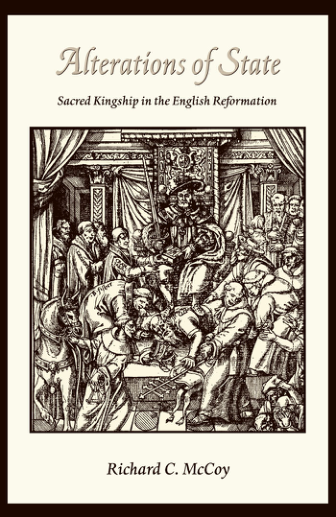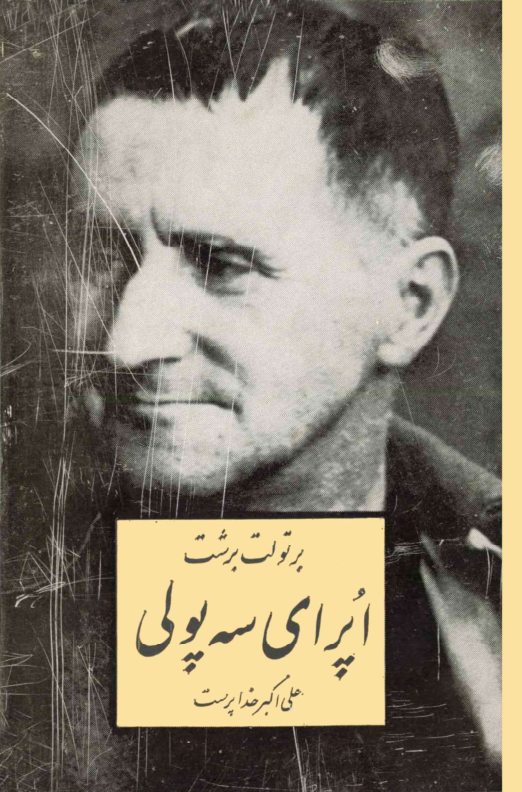Traditional notions of sacred kingship became both more grandiose and more problematic during England’s turbulent sixteenth and seventeenth centuries. The reformation launched by Henry VIII and his claims for royal supremacy and divine right rule led to the suppression of the Mass, as the host and crucifix were overshadowed by royal iconography and pageantry. These changes began a religious controversy in England that would lead to civil war, regicide, restoration, and ultimately revolution. Richard McCoy shows that, amid these sometimes cataclysmic Alterations of State, writers like John Skelton, Shakespeare, John Milton, and Andrew Marvell grappled with the idea of kingship and its symbolic and substantive power. Their artistic representations of the crown reveal the passion and ambivalence with which the English viewed their royal leaders. While these writers differed on the fundamental questions of the day-Skelton was a staunch defender of the English monarchy and traditional religion, Milton was a radical opponent of both, and Shakespeare and Marvell were more equivocal-they shared an abiding fascination with the royal presence or, sometimes more tellingly, the royal absence.
Ranging from regicides real and imagined-with the very real specter of the slain King Charles I haunting the country like a revenant of the king’s ghost in Shakespeare’s Hamlet-from the royal sepulcher at Westminster Abbey to Peter Paul Reubens’s Apotheosis of King James at Whitehall, and from the Elizabethan compromise to the Glorious Revolution, McCoy plumbs the depths of English attitudes toward the king, the state, and the very idea of holiness. He reveals how older notions of sacred kingship expanded during the political and religious crises that transformed the English nation, and helps us understand why the conflicting emotions engendered by this expansion have proven so persistent.
 کتاب سل Ketab Sell | کتاب سل، بزرگترین منبع کتاب و جزوههای دانشجویی
کتاب سل Ketab Sell | کتاب سل، بزرگترین منبع کتاب و جزوههای دانشجویی









Reviews
There are no reviews yet.